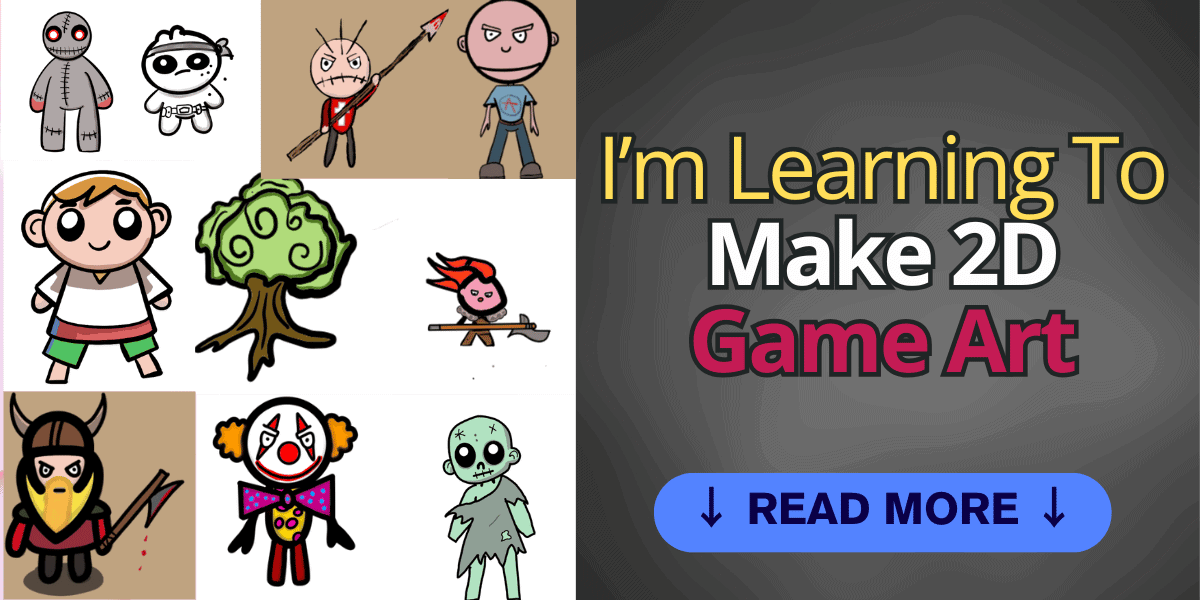For the past month, I’ve been learning how to draw my own game art, It’s been an exciting but challenging process, especially for someone who isn’t very artistic. I’ve been consistently dedicating 15-30 minutes daily to practicing, and I’m already seeing progress! 🚀
Daily Practice and Progress
I’ve been drawing characters using Adobe Fresco on my iPad 10 with the Apple Pencil (1st Gen) and sharing my progress on X.
(Follow along here: CrappyGameArt.)
While my art isn’t perfect yet, it has significantly improved from where I started. Each sketch feels like a small win as I learn the fundamentals of creating compelling game visuals.
Going From 3D To 2d
My game dev experience primarily revolves around 3D projects, where I often rely on Unity Asset Store assets for quick prototyping and design. For example, my recent game demo, Diminishing Light: Wheeled Carnage, uses pre-made assets and focuses on gameplay mechanics rather than art. You can check it out here:
I haven’t received much feedback on Diminishing Light yet. So if you’d like to see a full version of the game, leave a comment—I’d love to hear your thoughts!
Another work-in-progress is my game Last Stand, which is still in early stages:
Now, I’m getting into 2D game dev with a project set in a creepy carnival. It’s a top-down shooter where the art is intentionally eerie and atmospheric. While creating the artwork has been a challenge, I am starting to get the hang of it and actually having fun making a 2d game.
Here’s a sneak peek at the creepy carnival project:
Tools of the Trade 🛠️
I’ve been exploring tools to find what works best for me:
- Adobe Fresco + iPad 10: The portability and natural feel of the iPad make it my go-to for drawing.
- Artist Pro 16 (Gen 2): I bought this drawing tablet on sale, and while it’s excellent in terms of quality, navigating a dual-monitor setup with it can be cumbersome. For now, the iPad wins in terms of convenience and workflow.
Challenges and Lessons Learned
- Getting Comfortable With the Basics: Shading, proportions, and linework take time to master, but breaking down art into simpler shapes has helped.
- Finding a Routine: Short, consistent sessions (15-30 minutes daily) are far more productive than sporadic long hours.
- Adapting to New Tools: Switching between tools like the iPad and Artist Pro tablet has shown me the importance of finding what feels intuitive.
Got Any Tips? 💡
I’d love to hear from you! If you have tips for improving 2D game art, suggestions for learning resources, or even feedback on my creepy carnival art or game concepts, drop a comment below. Let’s grow together! 👇
I’m excited to see how much progress I can make in the coming months and how this will influence my future projects. Who knows, maybe the creepy carnival game will become my next big release! 🎡🖌️

